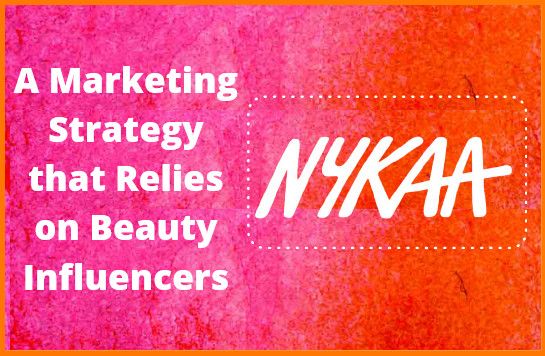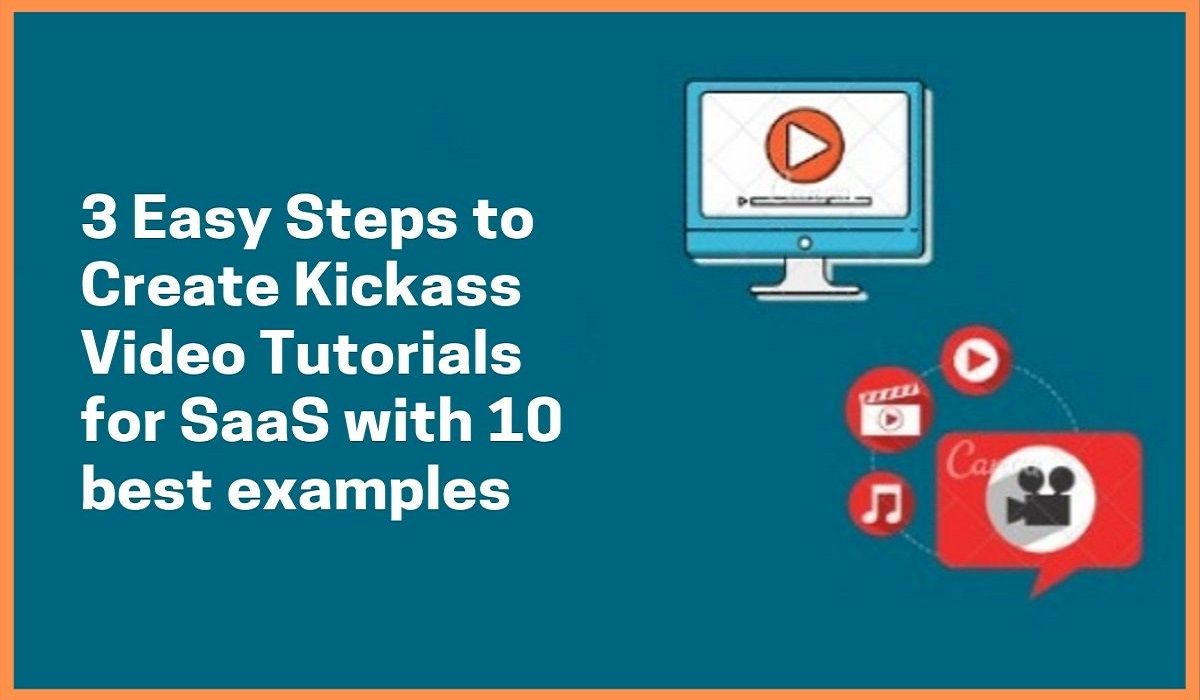Company Profile is an initiative by StartupTalky to publish verified information on different startups and organizations. The content in this post has been approved by Rolls-Royce.
Rolls-Royce is a name that has always gone with luxury. In fact, Rolls-Royce can be used as a term to define luxury. Rolls-Royce refers to Cars, this is what we’ve known so far. But they are more than what we know.
Rolls-Royce is an engineering company that manufactures Aero-engines and power systems for civil, defence and various other industries. It aims at creating power systems for the future that prove to be the safest and cleanest. On the other hand, Rolls-Royce cars are manufactured independently by the company called Rolls-Royce Motor Cars Limited, which is now a subsidiary of BMW.
The company has more than a century-long history dating back to 1904. Started as a car manufacturer, then was forced into the defence industry during the world war for making aero-engines, facing a financial collapse in the 1970s thus resulting in government take-over, various mergers, demergers and acquisitions which led them through a lot of ups and downs. Their journey is nothing short of excitement.
Rolls-Royce – Company Highlights
| Company Name | Rolls-Royce |
|---|---|
| Headquarters | London, England, United Kingdom |
| Industry | Airspace, Defense, Automotive |
| Founders | Charles Rolls, Henry Royce |
| Founded | 1904 (Partnership), 1906 (Company) |
| CEO | Warren East (Rolls-Royce), Torsten Müller-Ötvös (Rolls-Royce Motor Cars) |
| Parent Organisation | Rolls-Royce Holdings plc (Rolls-Royce), BMW (Rolls-Royce Motor Cars) |
| Website | rolls-royce.com |
Rolls-Royce – About
Rolls-Royce – Latest News
Rolls-Royce – Founders and Team
Rolls-Royce – Startup Story
Rolls-Royce – Mission and Vision
Rolls-Royce – Name and Logo
Rolls-Royce – Business and Revenue Model
Rolls-Royce – Challenges Faced
Rolls-Royce – Funding and Investors
Rolls-Royce – Mergers and Acquisitions
Rolls-Royce – Growth
Rolls-Royce – Competitors
Rolls-Royce – Future Plans
Rolls-Royce – FAQs
Rolls-Royce – About
Rolls-Royce formally referred to as Rolls-Royce plc, is a company involved in manufacturing propulsion engines for civil and defence services and power systems for oil/gas and other marine industries. Charles Rolls and Henry Royce initially established the company for making cars. But during the First World War in 1914, the government forced them to manufacture Aero-engines for military activities.
They kept manufacturing cars between 1906 and 1973 but concentrated more on expanding their aerospace sector. Rolls-Royce builds engines for civil and defence aircraft, power systems for land and naval military vehicles including submarines. They also provide power solutions to the oil/gas industry and marine activities. In simple terms, Rolls-Royce is into innovating advanced solutions for meeting our planet’s power needs. Rolls-Royce is technically a subsidiary of Rolls-Royce Holdings plc since 2011.
Since 1973, after its demerger from the core company, the Rolls-Royce automotive sector went through a number of changes in ownership. Currently, Rolls-Royce cars are manufactured exclusively by the company Rolls-Royce Motor Cars Limited, which is a subsidiary of BMW.
Rolls-Royce – Latest News
November 8, 2021 – The United Kingdom Space Agency has joined hands with Rolls-Royce to explore the use of nuclear power in space travel. This may help them cut the space journey time and cost.
May 28, 2021 – Rolls-Royce Motor Cars has launched a new luxury model ‘Boat Tail’ priced around $28 million. It allows you to customize not only the interiors but also the body shape of the car.
Rolls-Royce – Founders and Team

Charles Stewart Rolls and Sir Frederick Henry Royce are the co-founders of Rolls-Royce. Charles Rolls (1877 – 1910) was a motoring and aviation pioneer who graduated from Cambridge in 1898. Henry Royce (1863 – 1933) was a popular design engineer for car and aeroplane engines.

In 1904, they both co-founded Rolls-Royce along with Claude Goodman Johnson, who was the founding Managing Director of the company after its incorporation in 1906. Their passion for cars and engineering expertise fuelled the company’s growth all through the years.
Rolls-Royce – Startup Story
The seed for Rolls-Royce was planted in 1884 when Henry Royce started a mechanical and electrical business in Manchester. In the beginning, he was making dynamos and cranes. Later, he acknowledged the market potential of the car industry in the future and started working on it.
On the other hand, Charles Rolls graduated from Cambridge and got himself employed in various companies. But he was keen on marketing and motoring, thus started importing and selling cars.
In 1904, Royce was designing and manufacturing a car of his own and that is when Rolls happened to meet him at an Automobile Club. He was impressed by Royce’s design and agreed to sell all the cars that Royce would make. Thus on 23rd December 1904, at the Paris Motor Show, the brand Rolls-Royce was introduced by displaying their first car Rolls-Royce 10 hp.
It was initially started as a partnership in 1904. Then in 1906, Rolls-Royce was converted into a Private Limited Company and was further transformed into a Public Listed Company the subsequent year. After the death of Charles Rolls in 1910, Henry Royce and Claude Johnson took the company forward. They kept introducing new car models and by 1914, Rolls-Royce started manufacturing civil and defence aircraft engines too and made it a huge success.

Rolls-Royce – Mission and Vision
Rolls-Royce’s mission is to provide “Better Power for a Changing World”. They aim at improving their standards and performances to provide competitive and clean energy for the future. Rolls-Royce also marches with a vision of Net Zero Carbon in all their endeavours to meet the present and future power needs, while also protecting our society.
Rolls-Royce – Name and Logo

The brand name Rolls-Royce was derived after the founders Charles Rolls and Henry Royce. The company’s name is always used with a hyphen in between, which emphasizes the friendly association between founders.
The logo of Rolls-Royce plc comes in the blue background where two ‘R’s are embedded closely to each other in the middle with Rolls on the top and Royce below. Rolls-Royce Motor Cars Ltd has a similar logo with a white background.
Rolls-Royce’s “Spirit of Ecstacy” emblem is highly admired by many. It resembles a woman leaning forward, with her hands stretched back. Her clothes billow from the back of her neck to her hands which look like wings. The Spirit of Ecstasy, also known as Eleanor or Flying Lady, was designed by Charles Robinson Sykes.

Rolls-Royce – Business and Revenue Model
Rolls-Royce’s business model focuses on reducing the costs of its power systems. This helps them utilize funds to invent and innovate techniques that help them move closer to achieving their mission and vision. They generate revenue by selling engines and other power systems to various industries. Also, a part of the income flows through service contracts from airlines for maintaining the aircraft engines.
Rolls-Royce Motor Cars Ltd sells premium luxury cars with high standard and customized features to its customers. Their cars are priced ranging from ₹5 crores to ₹10 crores with Rolls-Royce Phantom topping the price table. Rolls-Royce recently introduced a model named ‘Boat Tail’ for its highly exclusive customers, which is priced at a whopping ₹202 crores.
Rolls-Royce – Challenges Faced
In 1971, Rolls-Royce declared Bankruptcy due to the losses suffered by mismanagement. Their fixed-price contract for manufacturing airlines engines with Lockheed Aircraft Corporation became the reason for their fall. This long-term contract made their losses unbearable. Rolls-Royce’s fall impacted various other industries, and as a result, the government stepped over the issue and nationalized the company. The government’s hold continued till 1987, after which it was again converted into a Private Limited Company.
The next big challenge faced by Rolls-Royce was during the Covid-19 pandemic. The reason stated was, 50% of their revenue comes from aerospace activities which were completely halted due to the crisis. The company reported a loss of around £4 Billion in 2020 which was the biggest loss reported in Rolls-Royce’s history.

Rolls-Royce – Funding and Investors
Rolls-Royce has so far raised around $266 Million in 2 rounds. Their latest funding was through the Post-IPO Equity round for developing Small Modular Reactors (SMR).
| Date | Round | Amount | Investor Name |
|---|---|---|---|
| November 9, 2021 | Post-IPO Equity | £195 Million | BNF Resources, Exelon Generation Company |
| January 21, 2021 | Convertible Note | $1 Million | United States Navy |
Rolls-Royce – Mergers and Acquisitions
Rolls-Royce Motors demerged from Rolls-Royce (1971) Ltd., in 1973. It operated independently of its parent company along with Bentley Motors until 1980, when Vickers plc acquired this car business. Later in 1998, the Rolls-Royce motors were sold to Volkswagen Group by Vickers but the rights for using the name “Rolls-Royce” and the logo were purchased by BMW for £40 Million. From 2003, BMW got the sole right to name, manufacture and sell Rolls-Royce cars.
Roll-Royce plc was brought under Rolls-Royce Holdings plc as a subsidiary after the latter was incorporated in 2011. But all the major and principal operations are carried out by Rolls-Royce plc. The following are some of the top acquisitions and subsidiaries of Rolls-Royce Holdings plc:
| Name of the Company | Year of Acquisition/Incorporation |
|---|---|
| January 14, 2020 | QINOUS |
| March 30, 2015 | R.O.V. Technologies |
| 2014 | Rolls-Royce Controls and Data Services |
| 2014 | Rolls-Royce Power Systems |
| July 2, 2013 | SmartMotor |
| May 1, 2013 | Hyper-Therm High-Temperature Composites |
| January 8, 2013 | PKMJ Technical Services |
| May 23, 2011 | Rolls- Royce plc |
| September 2, 2011 | R. Brooks Associates |
| January 28, 2010 | Europea Microfusioni Aerospaziali |
| January 6, 2010 | ODIM |
| July 8, 2008 | Scandinavian Electric Holding |
| 1995 | Rolls-Royce North America (earlier Allison Engine Company) |
| 1998 | Rolls-Royce AB (as a part of Vickers acquisition) |
| 1999 | Rolls-Royce Marine Power Operations |
| 1998 | Vinters Limited (as a part of Vickers acquisition) |

Rolls-Royce – Growth
Since the car division was demerged in 1973 and later acquired by BMW, it has seen significant growth in its sales over the years. They’ve even made a record sale in their history by selling more than 5000 cars in 2019. Here is the growth record of Rolls-Royce Motor Cars since 2007, according to Statista:
| Year | Sales in Units |
|---|---|
| 2007 | 1010 |
| 2008 | 1212 |
| 2009 | 1002 |
| 2010 | 2711 |
| 2011 | 3538 |
| 2012 | 3575 |
| 2013 | 3630 |
| 2014 | 4063 |
| 2015 | 3785 |
| 2016 | 4037 |
| 2017 | 3438 |
| 2018 | 4194 |
| 2019 | 5100 |
| 2020 | 3756 |
On the other hand, Rolls-Royce plc maintained their revenue with little ups and downs from 2016-19 but faced a pitfall of 28% due to pandemic in 2020. Here is their revenue chart for the past five years:
| Year | Revenue |
|---|---|
| 2016 | £14.96 Billion |
| 2017 | £14.75 Billion |
| 2018 | £15.73 Billion |
| 2019 | £16.59 Billion |
| 2020 | £11.82 Billion |
Rolls-Royce – Competitors
Though Rolls-Royce Holdings plc has a powerful brand identity, they have tough competitors in the market. Here is a couple of them:
General Electric – General Electric along with its partners leads the aero-engine market occupying 55% of the market share and holds the 1st position. GE is also involved in various high-tech industrial activities like power systems, aviation, renewable energy, and the digital industry.
Pratt & Whitney – Pratt & Whitney is another major competitor for Rolls-Royce in the aero-engine market. They also compete with Rolls-Royce in the manufacture of power turbines for marine and other industrial services.
When it comes to cars, Some of the top competitors for Rolls-Royce Motor Cars Ltd. are:
- Bentley
- Jaguar
- Benz
- Porsche
Rolls-Royce – Future Plans
Rolls-Royce invests huge money in inventing technologies for efficiently meeting our world’s power needs. Their innovations are awe-inspiring which reduces cost for the customers as well as protects our environment.
Electic Planes – Rolls-Royce aims at electrifying the aviation sector. Their first all-electric plane made its maiden flight on 18th September 2021. This aircraft is further being enhanced to achieve a speed of 300 mph. In the view of combating climate change, Rolls-Royce is into developing zero-emission aircraft for the future.
Small Modular Reactors (SMR) – Rolls-Royce SMR Ltd was created to build power plants that generate electricity using SMR to meet the future power needs of the UK. This technology is expected to be available by 2030.
Space Exploration – Rolls-Royce is innovating nuclear technologies to develop power systems for space launch. Net Zero Carbon – Rolls-Royce put forth Net Zero Carbon as their major goal in all their present and futuristic development. They target to bring the carbon level to zero in their operations by 2030.
Rolls-Royce – FAQs
What does Rolls-Royce do?
Rolls-Royce is an engineering company that manufactures Aero-engines and power systems for civil, defence, and various other industries.
Is Rolls-Royce owned by BMW?
Rolls-Royce Motor Cars Ltd alone is owned by BMW since 2003. It is a separate entity from that of Rolls-Royce plc which is involved in the manufacture of aero-engines and power systems.
Who are the founders of Rolls-Royce?
Charles Rolls and Henry Royce started Rolls-Royce in 1904 as a partnership and incorporated as a Private Ltd Company in 1906.
Which is the costliest Rolls-Royce car?
The company’s latest introduction of ‘Boat Tail’ is the costliest Rolls-Royce model. Its price is estimated at around ₹202 crores and is made only for a few exclusive customers.
Who are the top Rolls-Royce competitors?
Some of the top competitors for Rolls-Royce are:
- Williams International
- GE Aviation
- Safran Aircraft Engines
- Honeywell
- General Electric
- Pratt & Whitney
















































